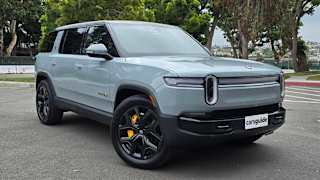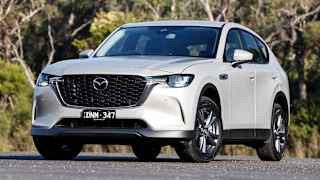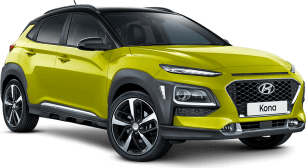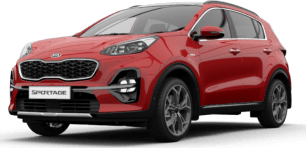Briefly, along with fresh styling and a revised platform, the 2021 Kona 2.0L gains an overhauled powertrain.
Still part of the old ‘Nu’ family, the engine has evolved into the more-efficient ‘Smartstream’ series, making the same power and torque but providing superior fuel economy. It gains a CVT continuously variable transmission as well, in place of the previous six-speed torque-converter automatic transmission.
Hyundai has also meddled with the packaging, to create an extra 40mm of length, that’s said to benefit rear legroom and cargo capacity.
If you choose a base Kona from $26,600 (before ORC) you’ll find the usual goodies, like a large centre touchscreen, Bluetooth connectivity, Apple CarPlay/Android Auto compatibility, alloy wheels and roof rails. But you may not expect a wireless charging pad, electric park brake, ‘Quiet’ mode for the audio system (cutting sound to the rear speakers for resting travellers), a rear-seat USB charge port or two front-seat height adjusters. These help justify that near-10 per cent price hike.
Going Active for another $1600 adds niceties like heated mirrors, leather upholstery, rear privacy glass, solar control glass and rear-seat centre armrest with cupholders, while the $31,600 Elite introduces keyless entry/start, remote start function, climate control, a 10.25-inch touchscreen upsize (up from eight inches – and why do car companies not measure this in metric?), satellite navigation, an eight-speaker Harmon Kardon audio upgrade, front fog lights, acoustic film windscreen to cut noise and ritzier exterior trimmings.
Now, the $38,000 Highlander of course scores all these plus a head-up display, front parking sensors, heated, vented and powered front seats, a heated steering wheel, electro-chromatic interior mirror, LED headlights, sunroof and two-tone roof, as well as ambient lighting, digitised instrumentation, heated outboard rear seats and 18-inch machined-finish alloys shod with (quality) Continental tyres.
The last four items are new to the grade, along with an upgrade to the latest and improved versions of Hyundai’s driver-assist safety tech.
Highlander scores the lot, including Autonomous Emergency Braking (AEB) – now operational between 30km/h and 180km/h, blind-spot alert/avoidance, rear cross-traffic alert/assist, lane keep alert/assist, driver fatigue alert, adaptive cruise control with full stop/go, safe exit warning, leading vehicle departure alert and rear occupant alert; you'll also find six airbags, electronic stability control, anti-lock brakes with Brake Assist and electronic brake-force distribution, downhill brake control, hill-start assist, tyre pressure monitors, parking sensors all round, rear view camera, dusk-sensing headlights, auto high beams and rain-sensing wipers.
Not much left to option up, then, meaning the Highlander remains competitive with key front-drive rivals in terms of pricing versus kit, managing to just undercut the likes of the Mitsubishi Eclipse Cross Exceed ($38,290), Nissan Qashqai Ti ($39,090) and Mazda CX-30 Astina ($39,190), while cheaper alternatives such as the soon-to-be-completely-redesigned Honda HR-V VTi-LX ($36,950), Toyota C-HR Koba ($35,165) and related Kia Seltos Sport+ 2.0L ($33,290) aren’t quite as fully laden as this Kona.
Note, however, that the last two opponents are also offered with appealing hybrid and turbo/AWD upgrades respectively, and that still come in under the Highlander to boot. Adding the latter to the Kona equivalent (N-Line Premium) pushes it past $42K.
Finally, specifying premium/metallic paint costs $595 extra.







